
Shoulder-Hip Separation: A Key to Performance and Injury Prevention in Overhead, Throwing, Striking, and Swinging Athletes
March 2025

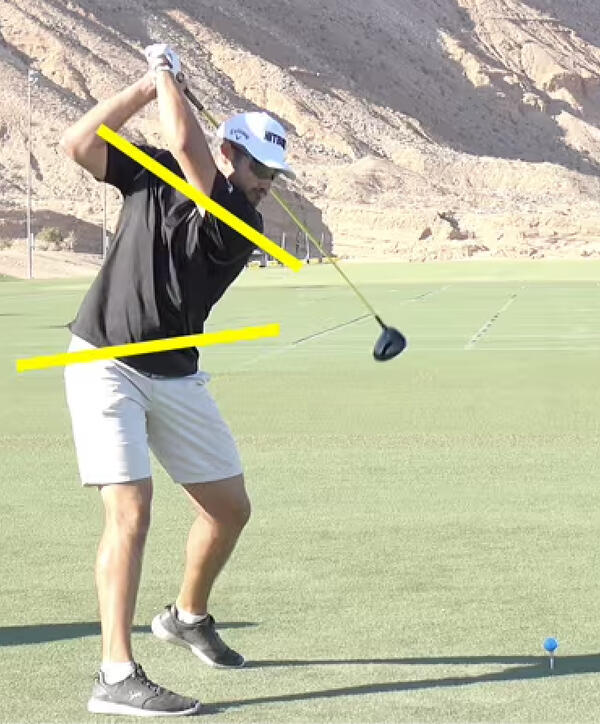

Maximizing athletic performance in sports requires effective and efficient movement patterns and strategies given the athlete’s physique, structure, and proportions. In sports that require overhead throwing, striking, and swinging - baseball pitchers, batters, javelin throwers, golf swing, quarterback, lacrosse shots, volleyball attacks, boxers, etc. - a shared biomechanical pattern - called shoulder-hip separation or dissociation - can be identified. Understanding and optimizing this movement pattern in athletes can lead to enhanced performance, injury prevention, and efficient energy transfer and power output through the entire kinetic chain.
The pelvis and trunk serve as the link between the legs and the upper extremity. This allows the momentum generated from the lower body to be effectively transferred to the upper body, creating an efficient sequence of movements that maximize force production and power output. A study by Bullock et al., 2020 has shown that greater shoulder-hip separation correlates with increased trunk rotational velocity, which is a key factor in the athlete’s ability to produce optimal throwing, striking, or swinging power. Professional athletes who optimize shoulder-hip separation can achieve peak performance with reduced joint loading (Aguinaldo et al., 2007) and can distribute forces throughout the entire kinetic chain
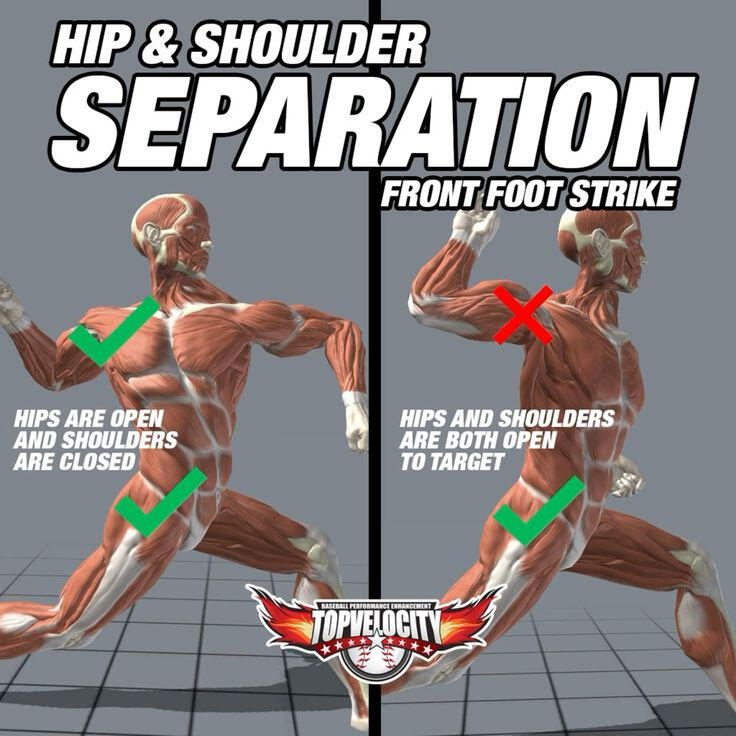
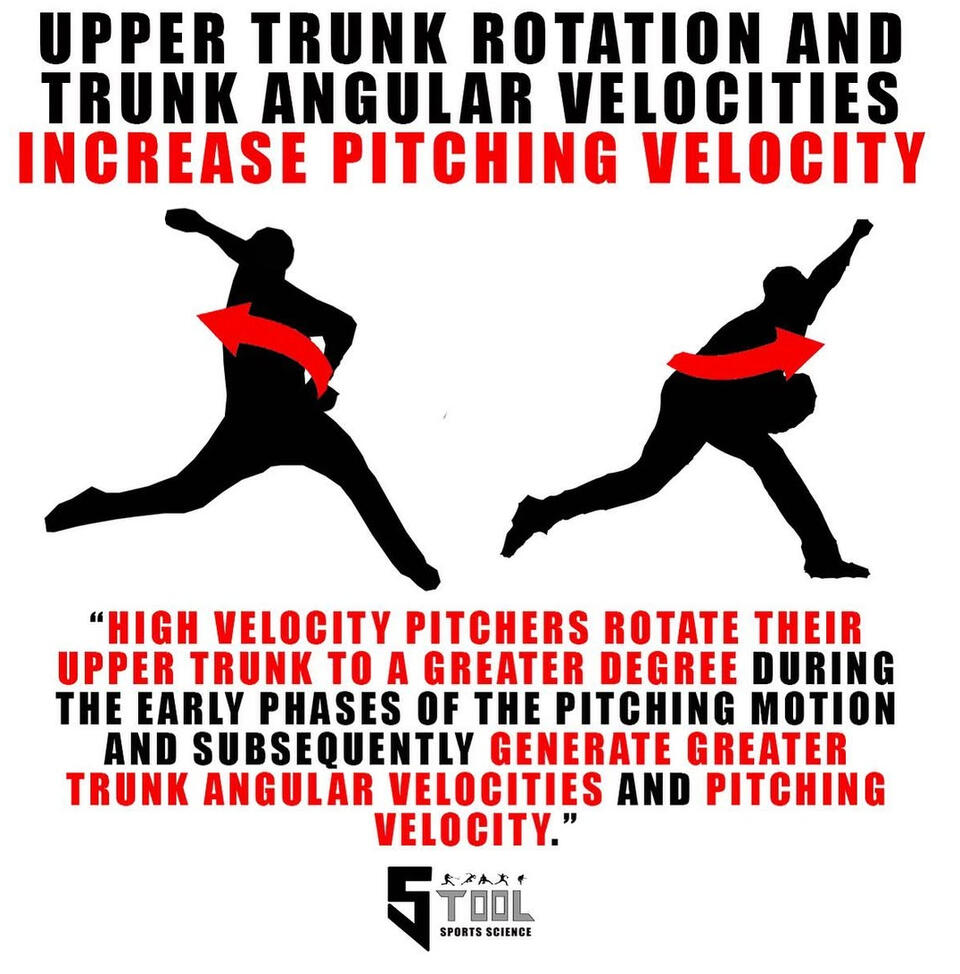
Shoulder-hip separation plays a pivotal role in the sport of baseball. One key advantage of this movement pattern is its role in the stretch-shortening cycle (SSC), where muscle-tendon complexes rapidly stretch under load before transitioning into a forceful, elastic contraction. During a pitch, as the arm cocks backward, the obliques undergo a stretch shortening cycle, storing elastic energy in preparation for trunk rotation. As the back leg drives down the mound, pelvic rotation induces an eccentric (lengthening under tension) contraction of the obliques. A short transition phase (called the amortization phase) follows before a powerful concentric oblique contraction propels the trunk forward to complete the pitch. A greater rotational arc enhances trunk rotational velocity, with the trunk itself contributing up to 50% of the kinetic energy and momentum in the pitching motion (Bullock et al., 2020).
A study by Bullock et al., 2020 demonstrated a significant relationship between shoulder-hip separation and peak trunk rotation velocity as well as between pitch velocity and peak trunk rotation velocity. Additionally, the pitchers with early trunk rotation demonstrated greater shoulder joint forces compared to counterparts that initiated trunk rotation following front foot contact. Simply put, effective pitching mechanics require generating power from the pelvis and the ground, efficiently transferring those forces through the trunk and arm, and ultimately propelling the ball with maximum efficiency.


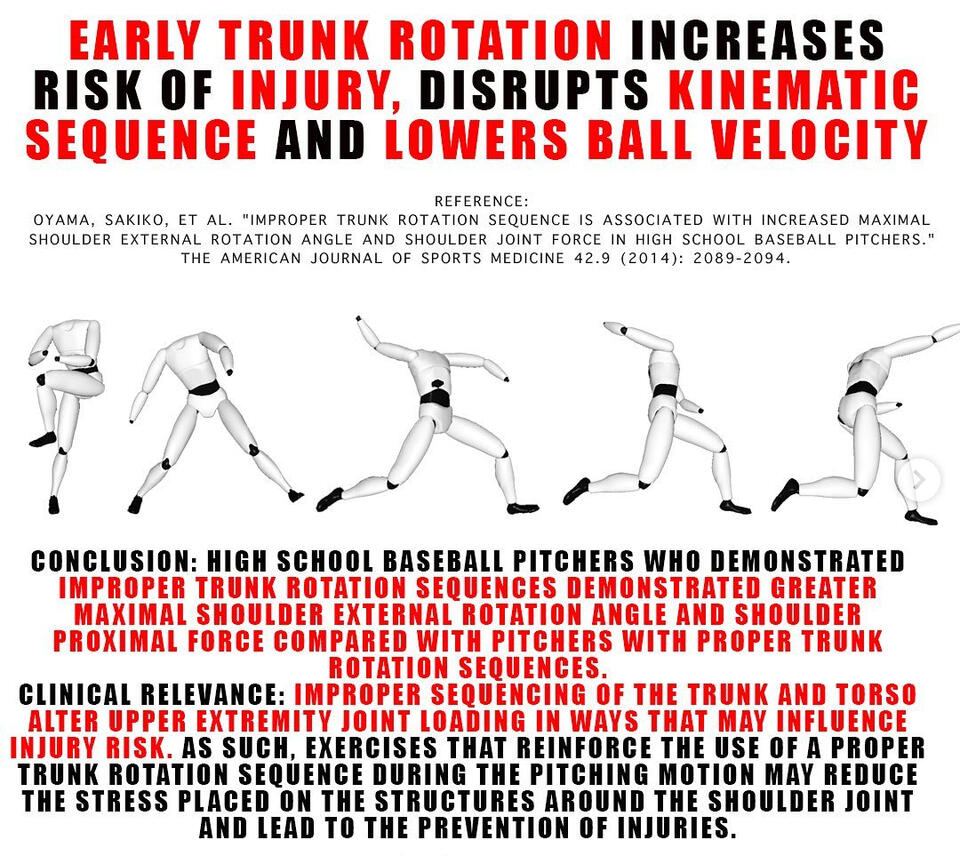
A study by Aguinaldo et al. (2007) examined 38 pitchers across professional, collegiate, high school, and youth levels. The researchers analyzed the effects of trunk rotation on shoulder rotational torques and their relationship to overuse injuries. The researchers discovered that professional pitchers rotate their trunks significantly later in the pitching cycle than their less-experienced counterparts. This delayed rotation helps conserve the momentum generated by the trunk, reducing joint loading and making their mechanics more efficient. Despite throwing harder, professional pitchers put the least amount of rotational torque on their throwing arm compared to college and high school pitchers. Professionals optimize shoulder-hip separation, rotating their trunks “significantly later in the pitching cycle,” allowing for a more efficient transfer of energy from the trunk (proximal) to the arm (distal) (Aguinaldo et al., 2007). In contrast, if a pitcher cannot generate or transfer power effectively through the hips via back leg drive, the upper body compensates with excessive T-spine rotation. This disrupts the kinematic sequence of angular velocity and energy transfer, ultimately making the throwing motion less efficient.
Beyond baseball, offensive attacks in volleyball also rely on shoulder-hip separation to generate maximum power. A study by Barrett et al., 2024 examined 21 experienced volleyball athletes at Old Dominion University in Virginia and found that volleyball players who achieve greater shoulder-hip separation generate higher upper arm angular velocity during offensive attacks. By utilizing the entire kinetic chain to generate torque, these athletes reduced stress on the shoulder joint, decreasing the risk of overuse injuries compared to those who relied primarily on the shoulder for power.


Shoulder-hip separation has a crucial role in the sport of boxing, allowing fighters to generate powerful punches by leveraging ground force and rotational torque rather than relying solely on the upper body. This reduces shoulder strain and increases punch effectiveness. Amateur boxers, who often fail to optimize this separation, experience nearly twice as many shoulder injuries as professionals (Zeitler et al., 2021).
- “Start with sternum perpendicular to target”- “Keep the backside hip ahead of the shoulder / backside shoulder behind hip”- “Get the zipper facing the target / direction you want to go (i.e. home plate) before unwinding the trunk”- “Keep the lead shoulders closed”
If you open up too soon, you uncoil the spiral- “Anchor into backside hip to start, clear front side hip, then initiate leg drive”

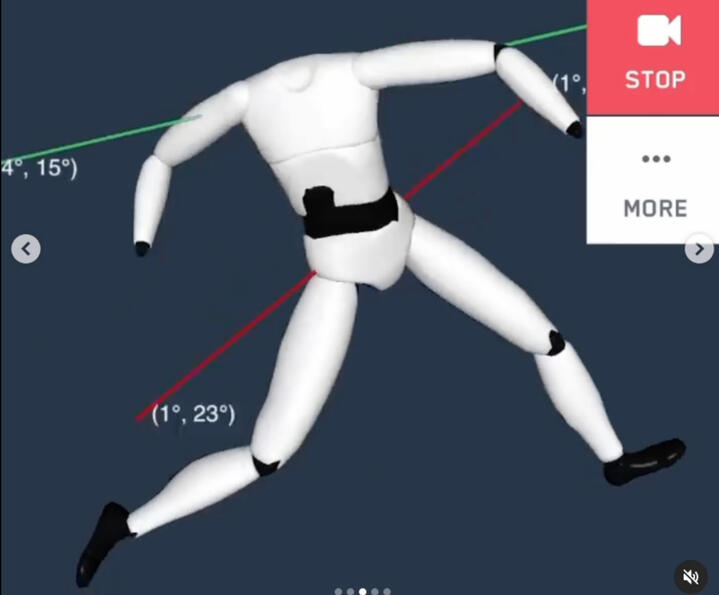
Here are some of the interventions we would recommend to start with:
1) Offset Hand Elevated Quadruped Breathing Drill - great to introduce gentle t-spine rotation
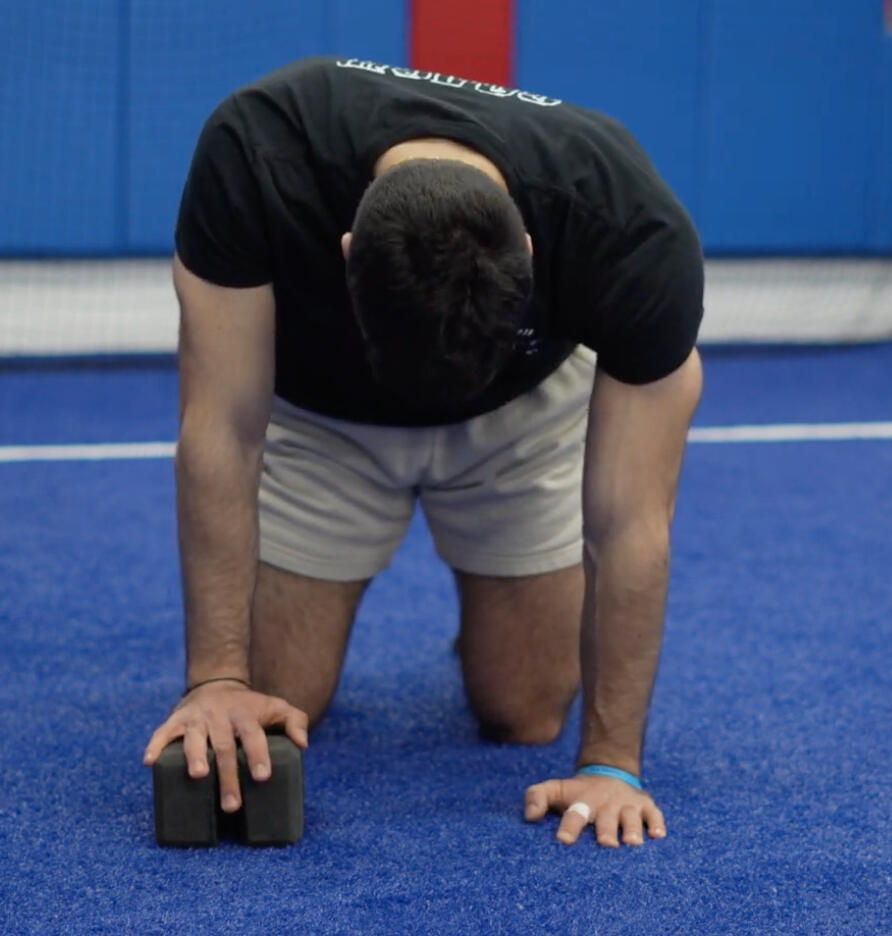
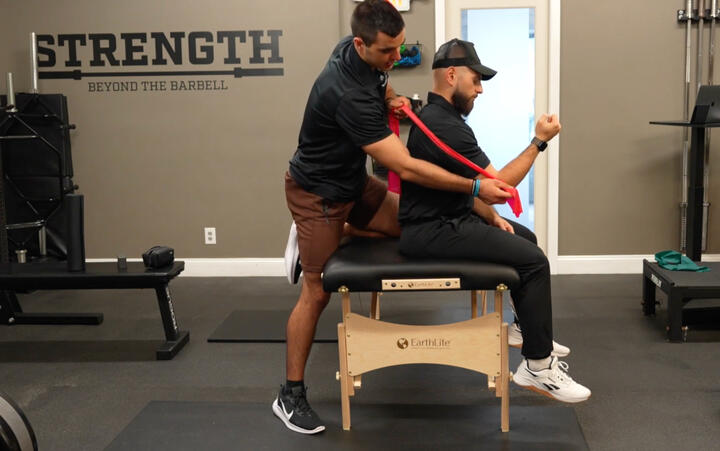

2) For Posterior Upper Rib Cage Expansion, any intervention where you reach the arm anywhere between 0-60º shoulder flexion- Seated / Standing Posterior Expansion Drill with Band around the Wrists- Single Arm (SA) Front Rack Carry- Any Goblet Squat Variation
3) For Posterior Lower Rib Cage Expansion, any intervention where you reach the arm anywhere between 90-120 º shoulder flexion- Rockback Breathing- Single Arm (SA) Landmine Press with Reaches

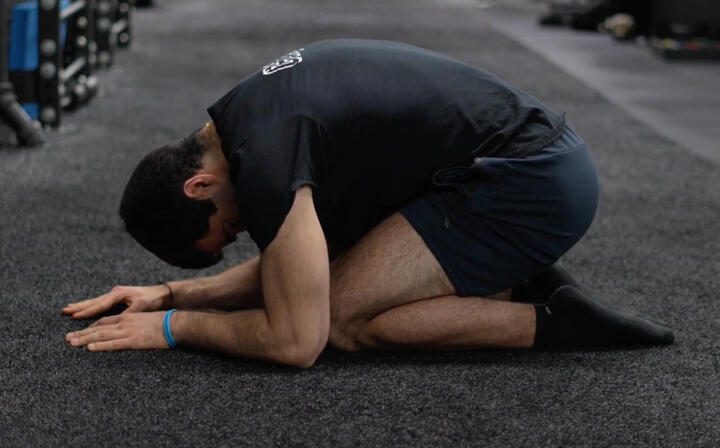
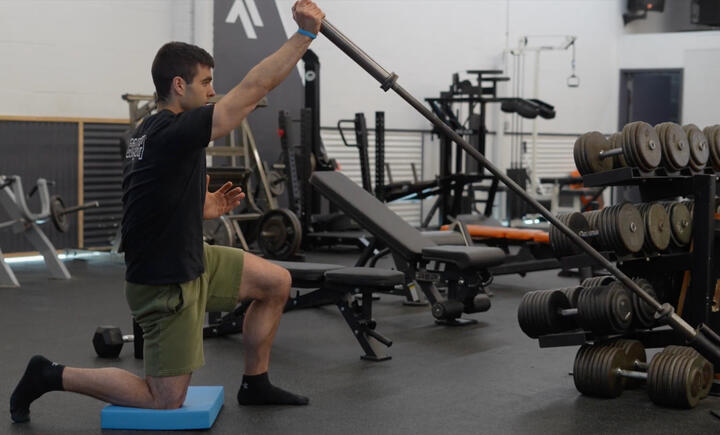
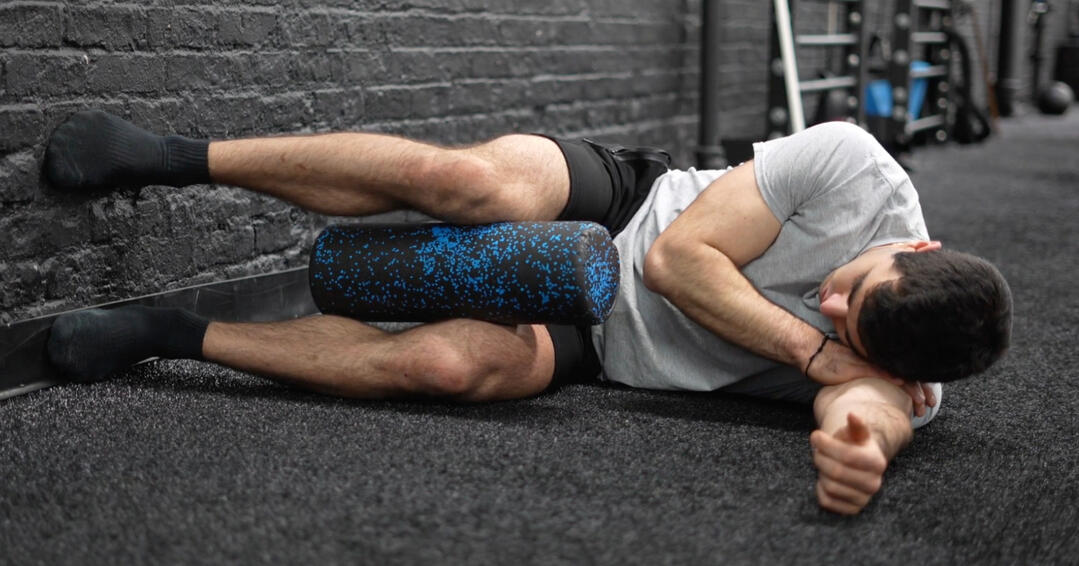

4) To improve relative motions of the pelvis:- Side-lying Hip Shifts - teach ability to turn the sacrum both ways- Standing Posterior Capsule Stretch - opening up space in the back lower part of pelvis
5) To improve ability to turn into and anchor into hips, especially the athlete’s back side hip in his or her stance- Staggered Stance Camporini RDL- Cable Lifts- Split Squat Variations
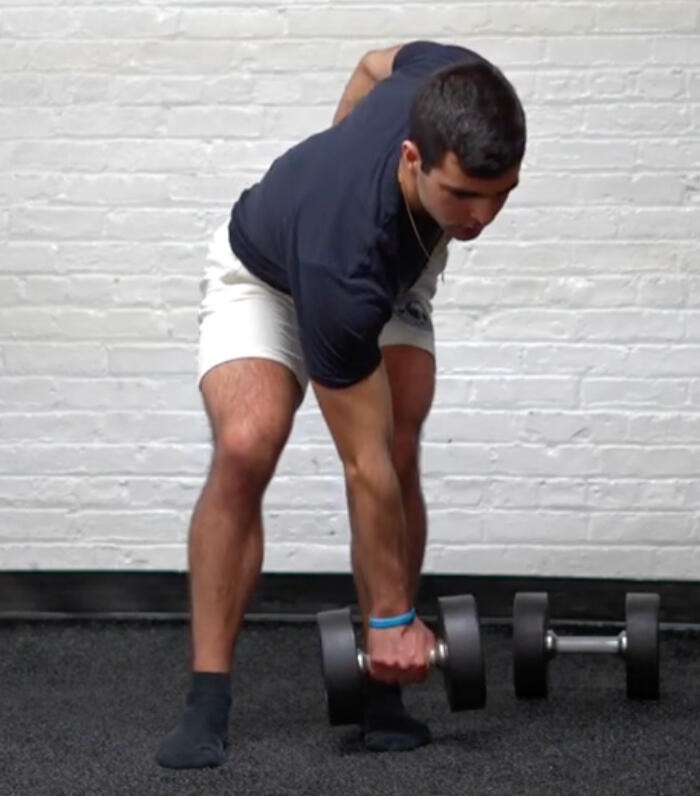
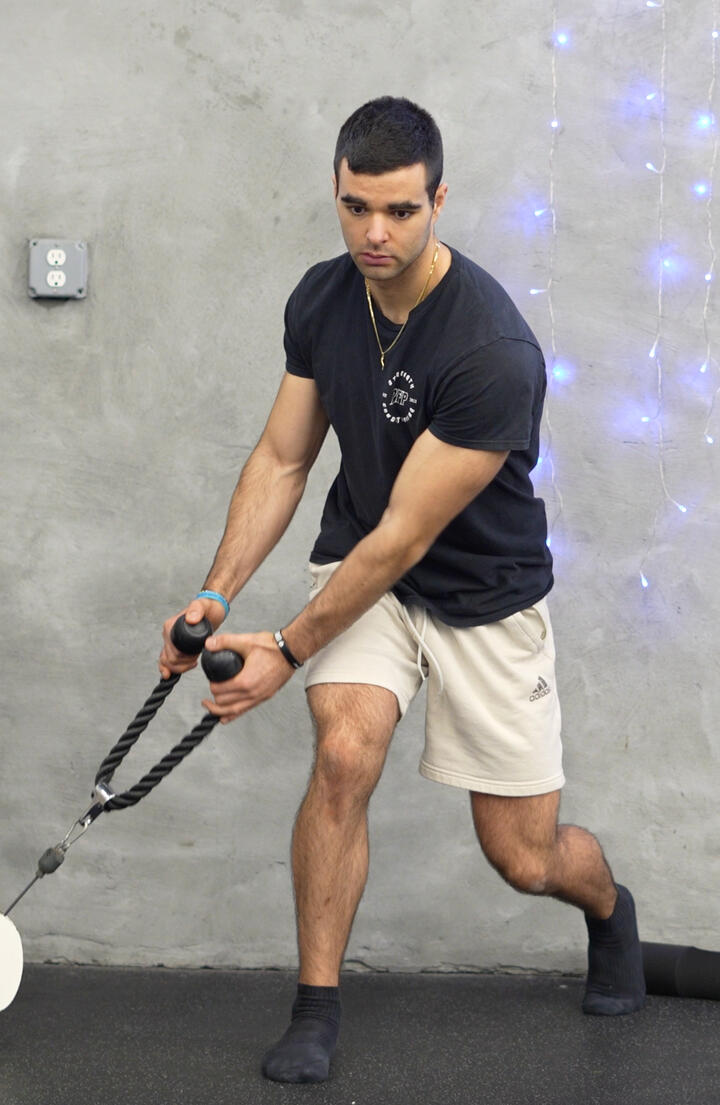
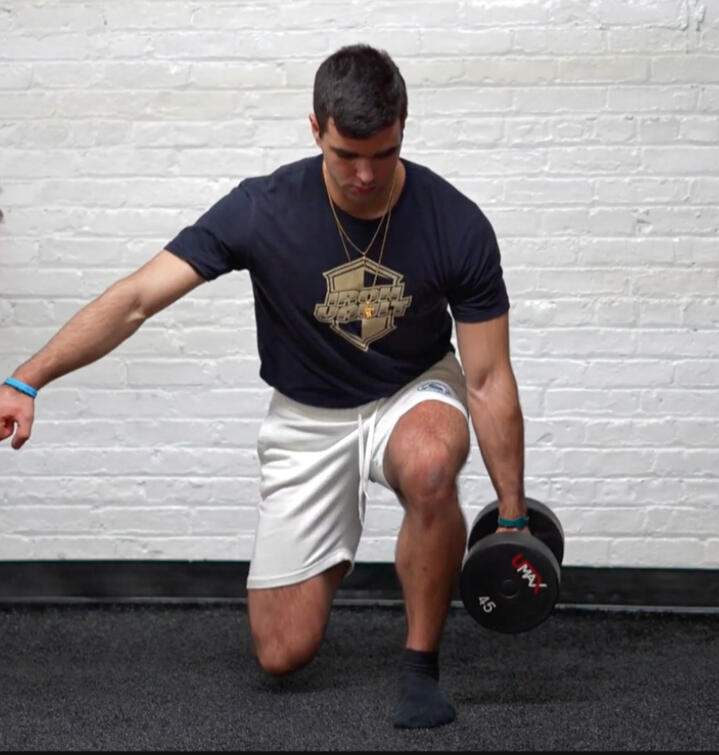
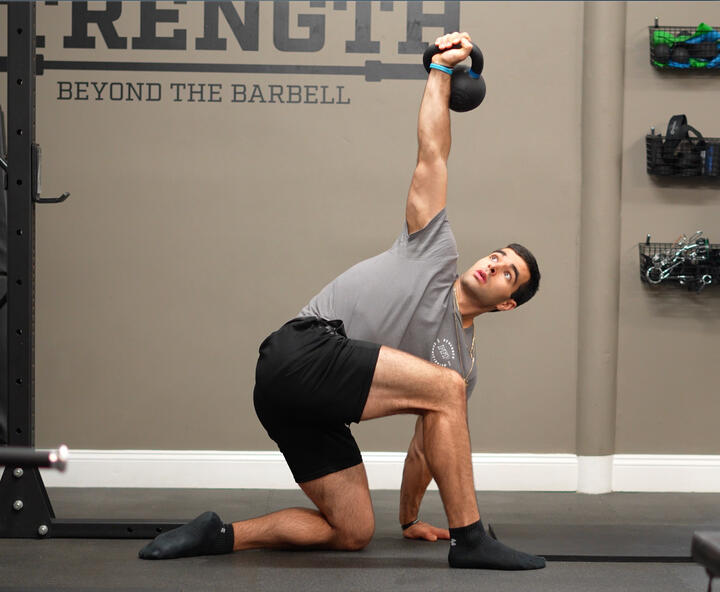
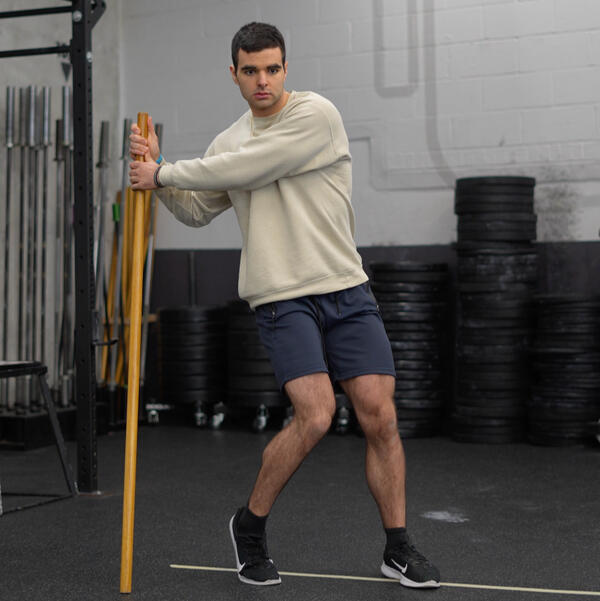

6) Sport Specific Drills
- ½ Kneeling Windmill - t-spine rotation, hip anchor, end range shoulder stability- PVC Pipe Shoulder Hip Separation - working back hip rotation while delaying same side shoulder- Med Ball Throw with Pivot Step - producing explosive power while maintaining shoulder-hip separation
Shoulder-hip separation is a fundamental movement pattern in overhead throwing, striking, and swinging sports, allowing athletes to generate power efficiently while reducing strain on the body. Optimizing this mechanism enhances performance, minimizes injury risk, and maximizes energy transfer through the kinetic chain. By incorporating targeted training strategies to improve mobility, stability, and strength, athletes can refine their biomechanics and sustain long-term success in their sport.
